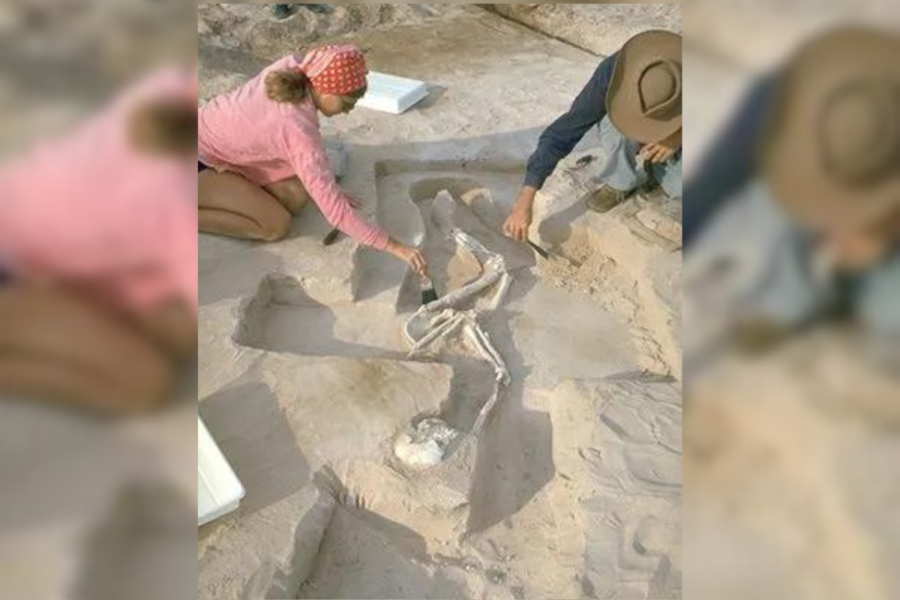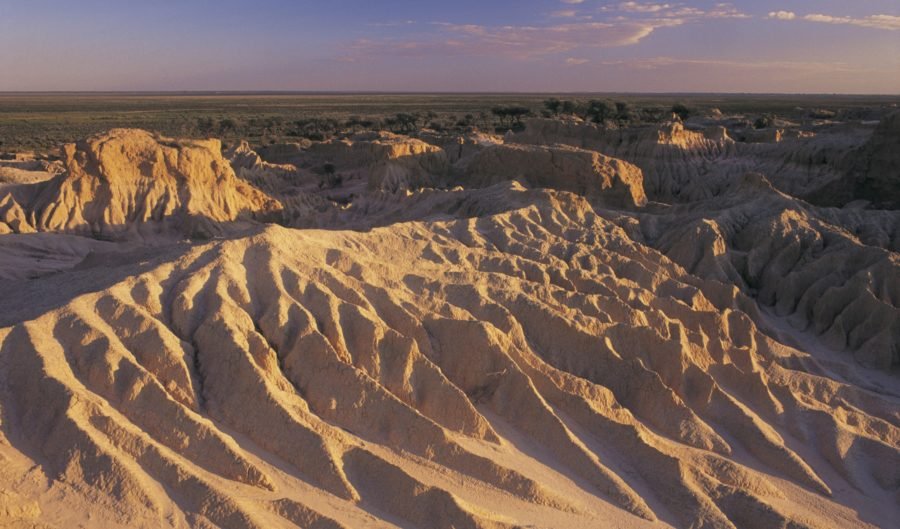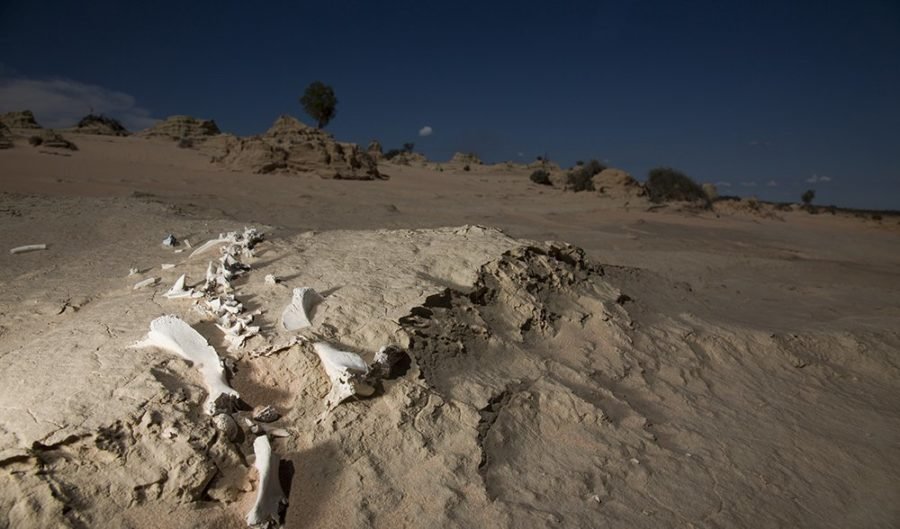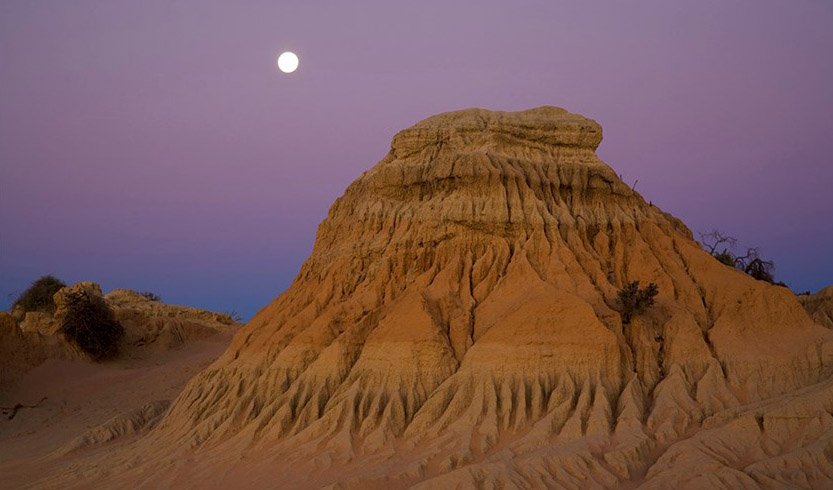On this day: Mungo Man fossil found

On 26 February 1974, a young geologist managed to stretch Australian history by 20,000-odd years when he found 40,000-year-old human remains buried in a dry lake bed in south-western New South Wales.
The discovery, made in the midst of the Aboriginal rights movement – which would quickly integrate the findings into its slogans – would later double the time that Australia’s first humans were thought to have arrived on the continent.
Jim Bowler, an Honorary Professor at the University of Melbourne, was with the Australian National University when he came across the remains at Lake Mungo, about 700km west of Sydney.
“We were then confronted by a whole new chapter in Australian history that nobody had previously anticipated,” Jim said.
Professor Mike Morwood, formerly an archaeologist at the University of Wollongong, said the discovery “changed the whole tenor of Australian archaeology, which was now on the world stage.”

Mungo Lady
Earlier in 1968, Jim had also found burnt bones at a nearby site. These were initially dated at 20-26,000 years old. These remains – dubbed ‘Mungo Lady’ – were then the oldest in Australia and remain the world’s oldest evidence of cremation.
At that point, “Australian history took a leap backwards,” said Jim. But, an even greater leap was to follow.
In 1974, Jim again found himself near Lake Mungo, hunting for new geological features that may have been uncovered by rain.
It was only 450m from the site of Mungo Lady that Jim spotted a skull. Clearing away the sands of the lake bed, Jim and his colleagues revealed the complete skeleton of a man – a long-dead figure that would become known to the world as Mungo Man.
A new gift from Lake Mungo
“I immediately realised that this was the next major discovery of human remains,” said Jim.
Dating the Mungo remains however would prove to be a long and controversial task. From his studies of the lake’s geology, Jim knew that Mungo Man had to be at least 30,000 years old, but dating undertaken in the late ’90s produced estimates of up to 62,000 years.
The debate was finally settled in 2003, when a collaboration between three universities and the CSIRO dated both Mungo Man and Mungo Lady at roughly 40,000 years old, with additional artefacts pointing to human occupation of the area as far back as 50,000 years ago.
Today, Mungo Man remains the oldest human remains found in Australia, while the Malakunanja II rock shelter in the Northern Territory points to human occupation over 50,000 years ago.
Rethinking Australia’s history
While what Jim and his colleagues found shocked the scientific and wider Australian community, most importantly, Jim said, the discoveries vindicated the unimaginably long history of Indigenous Australians.
After initial tensions surrounding handling of the remains, the indigenous community embraced the findings and used them to propel the Aboriginal rights movement.
With the science settled, the task for Jim is now to return Mungo Man to his original resting place.
“A thousand generations later we have the extraordinary privilege of listening to the messages of that man, of learning who he was and taking his remains back to his shores and back to the descendants of his people,” Jim said.




